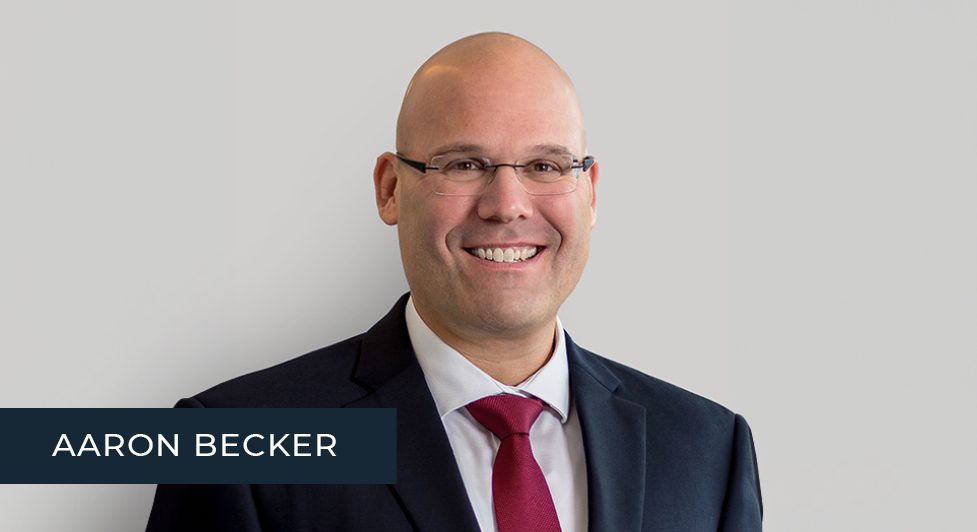Despite the immense demand for seniors housing and care supply, largely driven by the affluent baby boomers approaching retirement, new development has stalled as making a transaction pencil out remains a massive challenge. What can accelerate activity? And what opportunities currently exist for the savvy investor? We distill insights from two 2025 Spring NIC Conference sessions on capital markets and debt, finding two truths: there are effective solutions already out there being implemented by strong organizations, and there remains a need for innovative answers, products, and financing structures.
During the “Equity, Debt, and the New Path Forward for Senior Housing” session, moderator Tim Regan noted the NIC occupancy rate averaged an impressive 86.5% in the fourth quarter of 2024, and total units occupied in primary markets reached an all-time high of 618,000 units filled. The demand is here, it is growing, and it is expected to continue growing for years to come.
With such hefty tailwinds, one outside of the industry would likely assume development is humming along at a rapid pace. Unfortunately, as those who work in senior living know all too well, that has not been the case.
Arrested Development
Development of new seniors housing and care communities has plummeted in the past two years. In the fourth quarter of 2024, there were fewer than 42,000 units under construction, the lowest level the industry has seen since 2014.
When asked to describe the current state of development, the word panelists kept coming back to was “challenging.” Most new construction transactions simply do not pencil out because of elevated interest rates and construction costs. Developers are well aware of the need and are trying to make deals work, but math problems are hard to overcome, leaving many to seek value-add acquisitions in lieu of new builds.
Further, the current average timeline for development is 29 months, according to NIC. Condensing a construction timeline has always been a difficult proposition and it’s only getting harder, panelists noted. Further, labor is a challenge not only for staffing the building but also in constructing the building.
Panelists admitted there is no “magic bullet” that solves this dilemma. Modular construction or the use of prefabricated models could be part of the answer, as suggested by audience members, but there remains work to be done to find more efficient ways to build to code in a timely manner.
The Value-Add
The inactivity on the new construction front is causing pent-up demand to grow and grow. The most effective pressure relief valve, initially at least, seems to be the value-add acquisition, as discussed at length during the “Capital Markets & Valuations” panel.
During the session, experts repeatedly emphasized that acquisition and renovation transactions, even complete turnarounds, are more cost-effective than new construction. Of course, stabilized communities are the easiest to underwrite and thus are the most sought after by investors. Competition for such deals is fierce. This means savvy investors should lean into opportunities where communities are not yet stabilized but have a clear and compelling story detailing a path to full occupancy.
For example, a regional operator may find success acquiring underperforming assets in their backyard that they believe they could run better than competitors. By already knowing the market and understanding the nuances, that operator is well-positioned to succeed once the right elements are put in place. Or perhaps a community is in the process of shedding agency staffing and plans to leverage shared staff in the market, significantly reducing expenses. A slow lease-up is palatable if there is a good story, solid strategy, and strong sponsor. Or, as one panelist put it: “right asset, right market, right operator.”
Strategies to Boost NOI
Pursuing strategies to increase net operating income (NOI) is a worthy endeavor under any market conditions, but especially now. Today’s top-tier operators are finding success raising revenue through ancillary sides of their business. For example, one panelist mentioned building an interactive café that people can walk into off the street to increase connectivity with the community. The idea is to make a good place for coffee that people want to go to, and that just happens to be in a senior living property. Another popular example is offering some form of childcare. Having a daycare inside the community can generate dollars, and the intergenerational connections forged can reap enormous benefits for resident morale.
Other owners have started their own pharmacy, which helps residents, generates revenue, and allows for more seamless care. Along those lines, operators should not hesitate to charge residents for care that is provided. Too often, dollars are left on the table when operators do not charge for the full level of services for fear of alienating residents.
For those that have developed communities with different care levels and are reaching the point of lease-up, it is recommended to phase construction, allowing the independent living (IL) residents to move in early, even before other elements are completed. This allows for revenue as soon as possible and gives a heartbeat to the building which helps with recruiting and tours.
The Bright Side
Those who have been developing despite today’s market challenges are finding success using data to identify secondary/tertiary markets that have strong demographics and an ability to pay rental rates that are higher than originally forecasted. In-house equity and adjusted return expectations are also common characteristics of recent development transactions.
Other strategies to help spur development include the use of tax-exempt bond financing, which can be an effective option for nonprofit organizations. Renovating office buildings is an adaptive reuse strategy being looked at; as panelists noted there are architectural firms and other groups currently analyzing the issue and ways to make it work. Although that strategy can help, it likely won’t be a major part of the supply solution, as only a small portion of office buildings are suitable for a senior living renovation.
Although the capital markets have not thawed completely, they have at least started to defrost. Panelists noted they have seen more interest in development over the past six months than over the past two years. Whereas previously many were simply keeping deals warm but not really moving them forward, now more are moving ahead on design predevelopment and planning for groundbreaking ceremonies in 2026 and 2027.
Indeed, panelists agreed that those who have the courage to advance their strategies during this cycle will be rewarded handsomely. Even though it may be frightening, the time to go for new development is now. Construction pricing has flattened, the lending and debt outlook for new construction is favorable, and developers who get shovels in the ground in 2025 should have a good chance of outperforming underwriting and enjoying a bright future.

